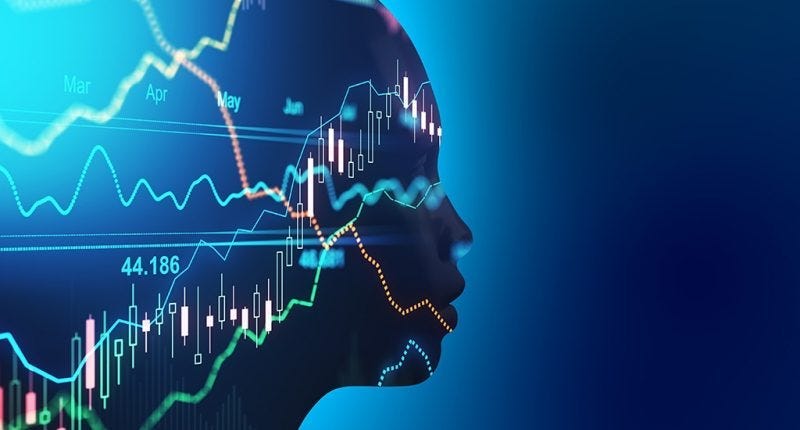Predicting the Unpredictable
The Philosophy of Forecasting and Detecting Patterns
Humans hate uncertainty. We crave control, explanations, and—above all—predictions. From ancient oracles to Wall Street quants, we’ve always tried to peek around the corner of time. The problem is: the future doesn’t care. It unfolds with or without our guesses.
Yet, we keep trying.
Welcome to the curious world of forecasting—where mathematics meets psychology, and philosophy rubs shoulders with machine learning. This is where we ask: Can we really predict the unpredictable? And when we think we see a pattern… is it real, or are we just connecting dots that aren’t meant to be connected?
Why We Forecast
Forecasting is not just about weather apps or stock prices. It’s a survival instinct.
Early humans who saw a pattern in animal migrations or seasonal changes had an evolutionary edge. Recognizing patterns—real or imagined—meant food, safety, survival.
But fast-forward to modern life, and this instinct clashes with complexity. Systems like the economy, climate, or human behavior are deeply nonlinear and chaotic. That means small changes can lead to wildly different outcomes. Think: butterfly effect on steroids. So, we fall back on models. Algorithms. Assumptions. We build little sandcastles of order in the ocean of chaos, hoping they won’t wash away by morning.
The challenge is this: our brains are overzealous pattern detectors.
Keep reading with a 7-day free trial
Subscribe to All About Trading! to keep reading this post and get 7 days of free access to the full post archives.


